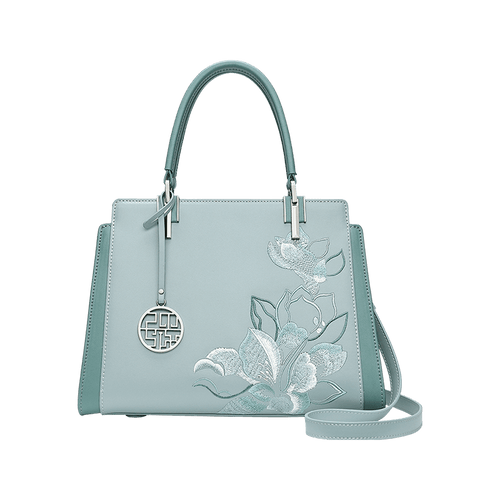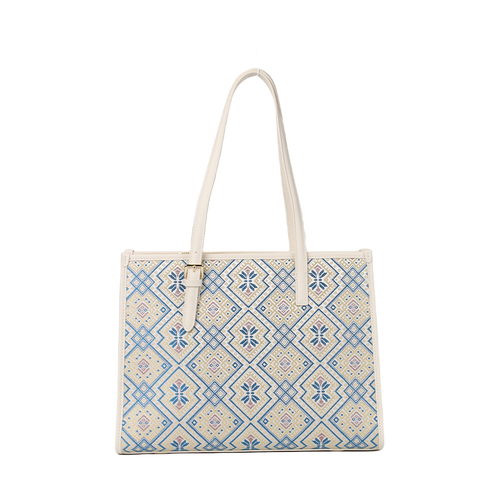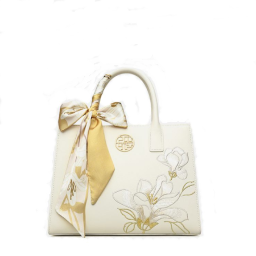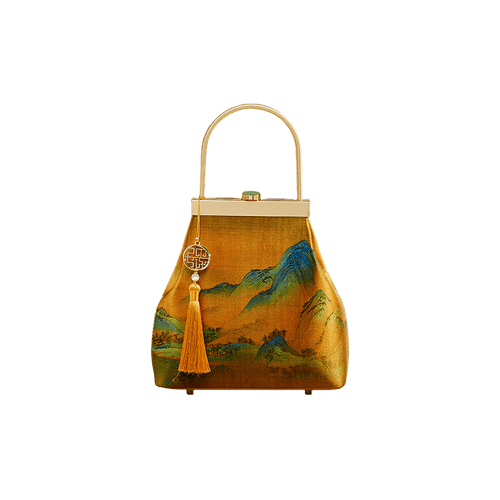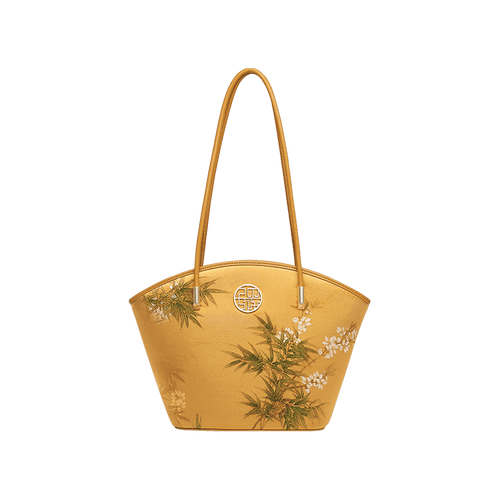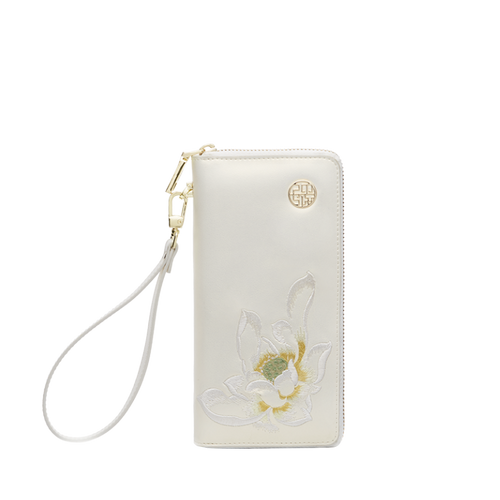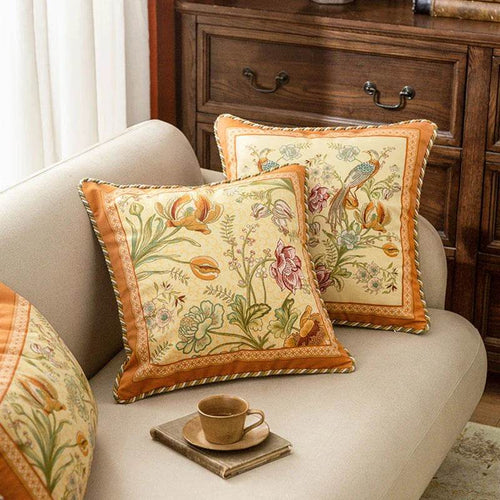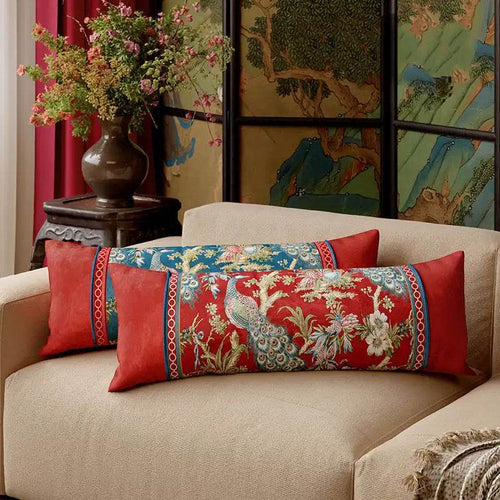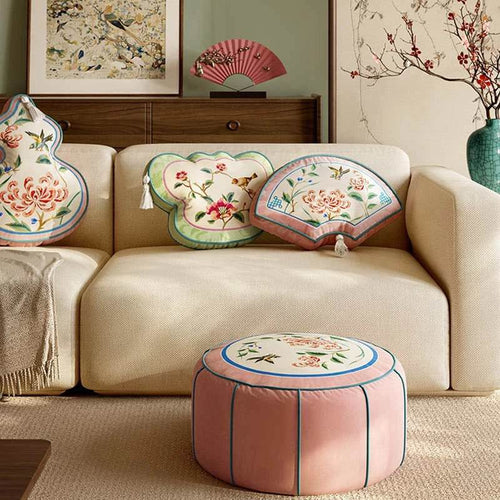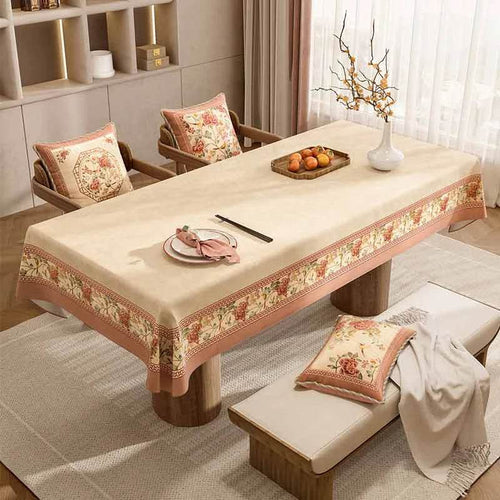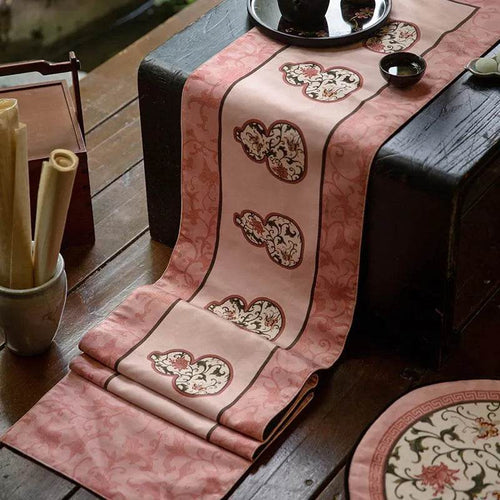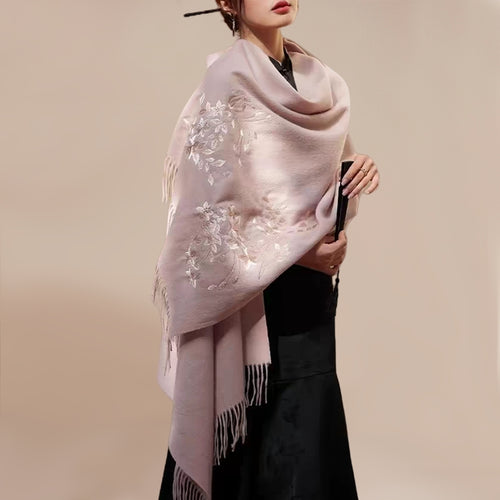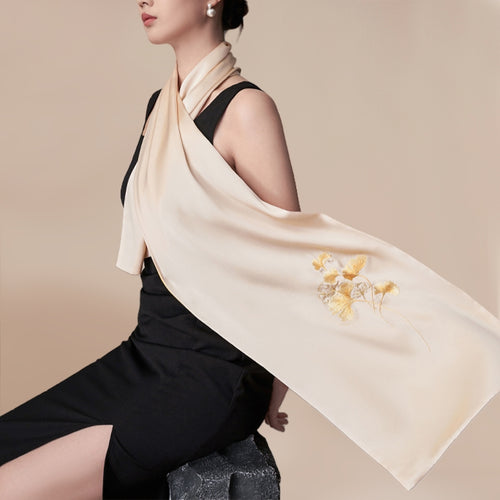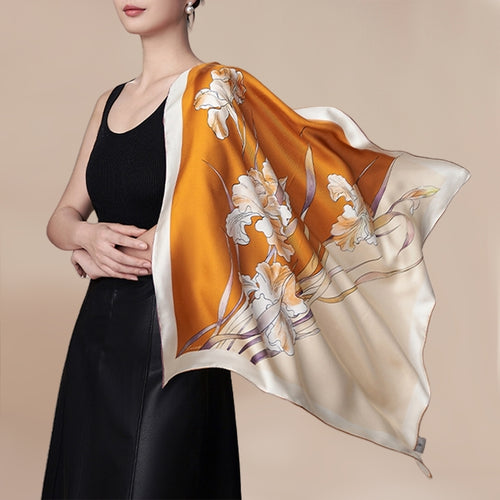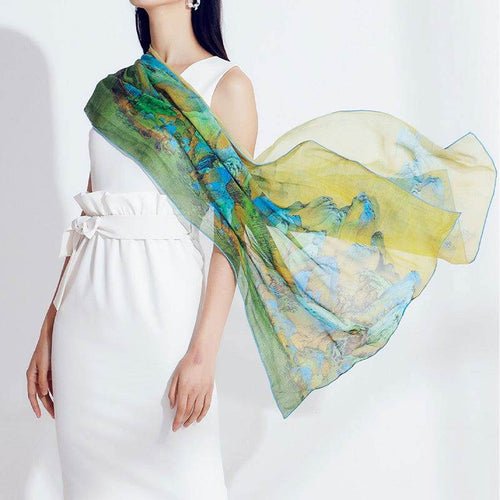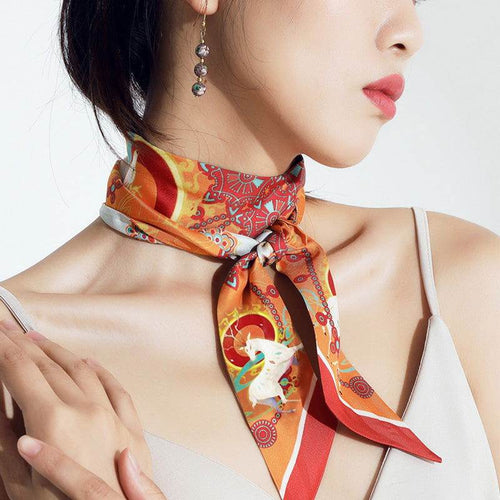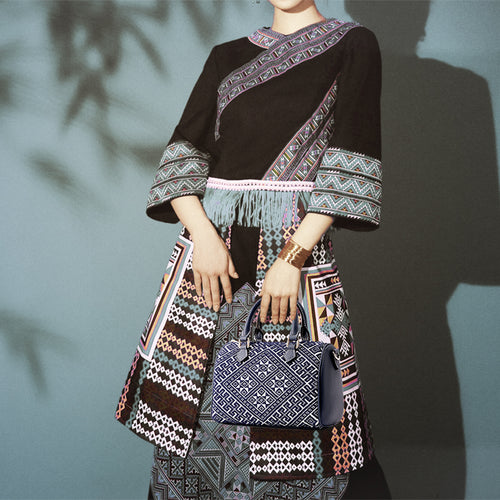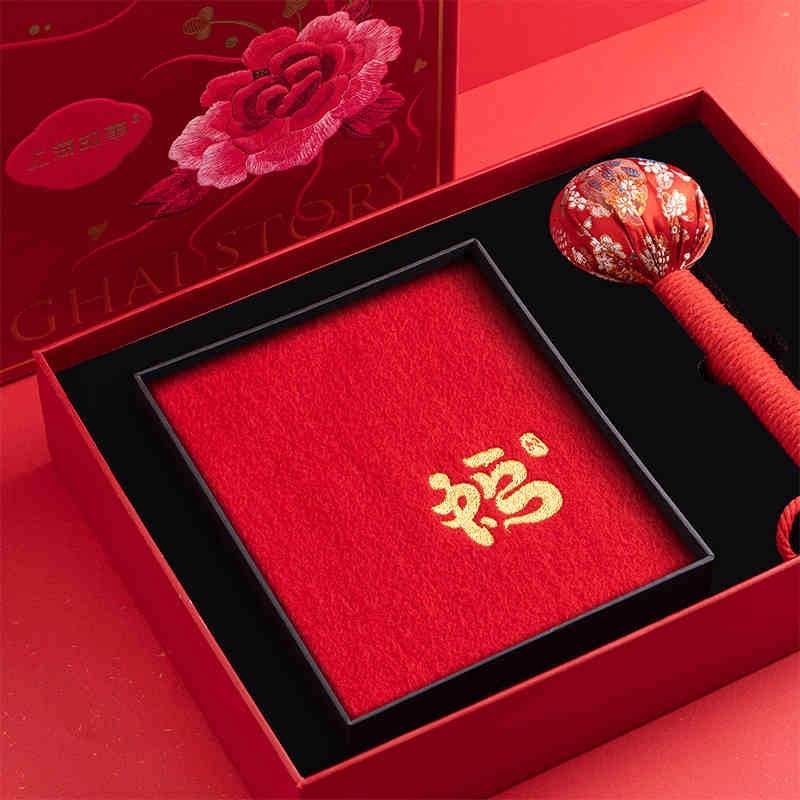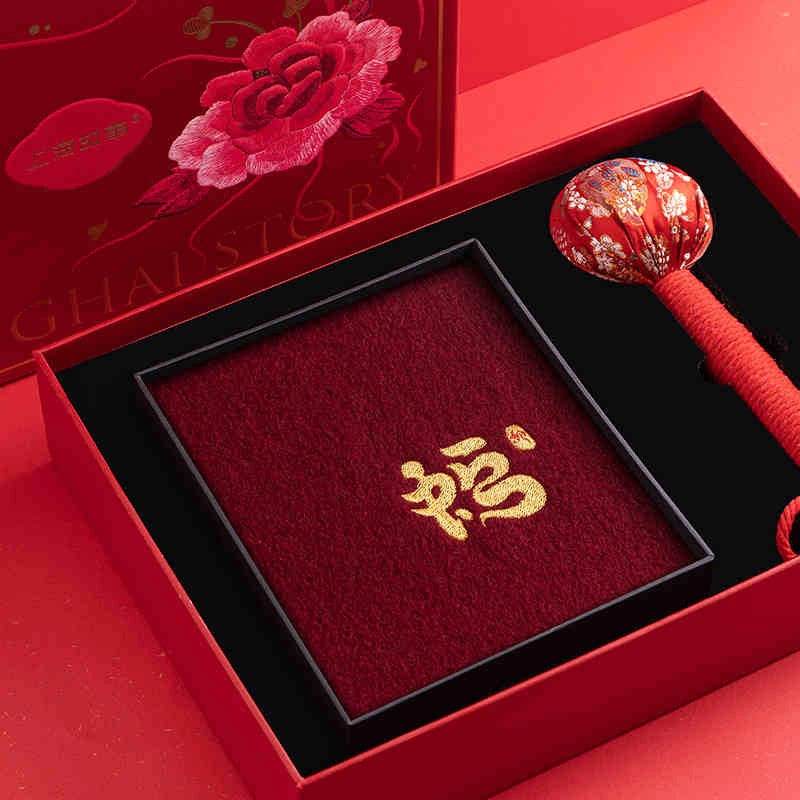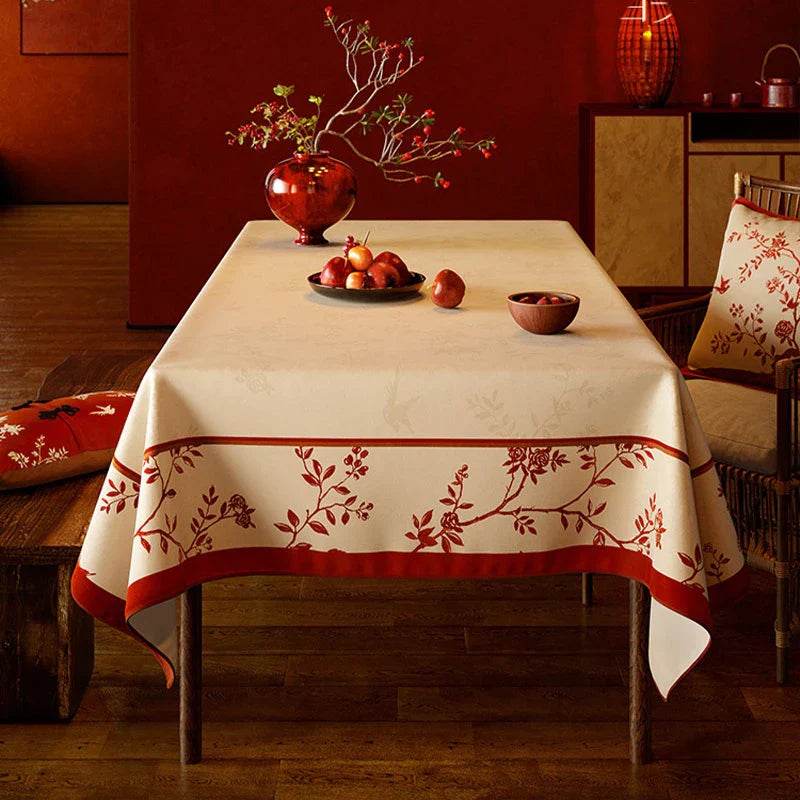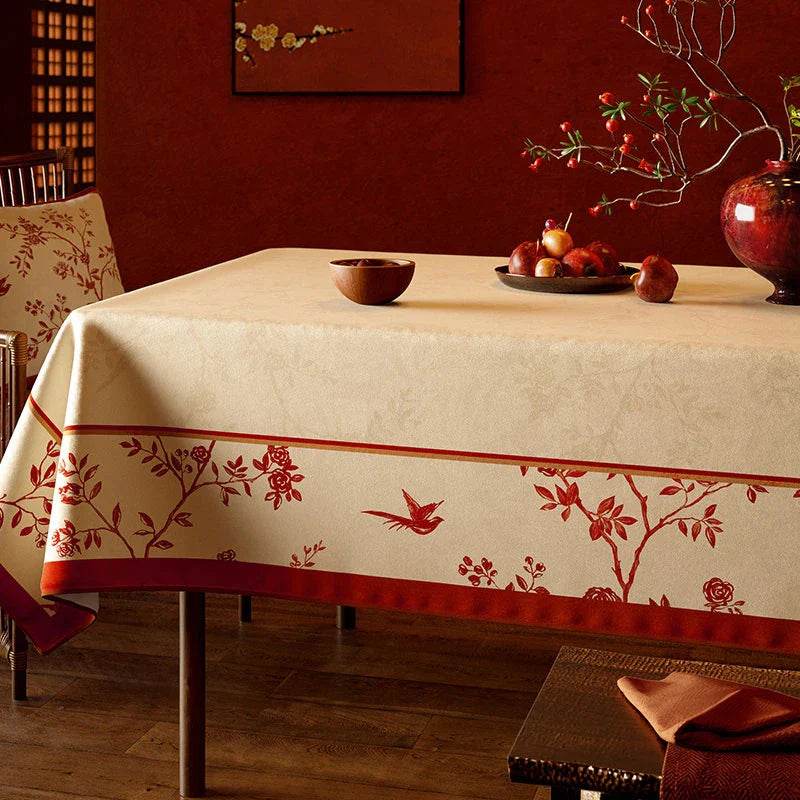يُعدّ عيد الربيع (تشونجي) ، المعروف على نطاق واسع باسم رأس السنة الصينية ، أهمّ الأعياد في الثقافة الصينية. وبينما يبقى جوهره ثابتًا - لمّ شمل العائلة وتكريم الأسلاف - عادات مهرجان الربيع تختلف بشكل كبير اعتمادًا على المكان الذي تتواجد فيه.
إذا كنت فضوليًا بشأن كيف تختلف احتفالات رأس السنة الصينية بين المناطق ، أو لماذا يأكل الشماليون الزلابية بينما يزورها الجنوبيون أسواق الزهور ، يستكشف هذا الدليل النسيج الغني للأعياد والتقاليد الصينية في السنوات القادمة عام الحصان ٢٠٢٦. هل تبحث عن هدايا للعام الصيني الجديد؟ استكشف مجموعتنا من هدايا العام الجديد .
| ميزة |
شمال الصين (على سبيل المثال، بكين) |
جنوب الصين (على سبيل المثال، قوانغتشو) |
| طعام مميز | الزلابية (جياوزي) | كعك الأرز (نيانغاو) |
| النشاط الرئيسي | صنع الزلابية، معارض المعبد | زيارة أسواق الزهور |
| الزخارف | قصاصات ورقية حمراء، فوانيس جليدية | أشجار الكمكوات، أزهار الخوخ |
| مناخ | ثلجي، بارد، جاف | معتدل، رطب، ممطر |
| وجبة خفيفة مميزة | بذور عباد الشمس، ثوم لابا | ديم سوم، تانغ يوان |
ما هي عادات عيد الربيع؟ (على مستوى البلاد)
قبل الخوض في الاختلافات، من المهم أن نفهم العادات المشتركة لمهرجان الربيع الذي يتم الاحتفال به في جميع أنحاء الصين:
الزخارف الحمراء: تعليق الفوانيس الحمراء والمقاطع الشعرية لتخويف الوحش نيان.
عشاء لم الشمل: أهم وجبة تقام في ليلة رأس السنة الجديدة.
إعطاء الأظرف الحمراء: يعطي الشيوخ المال (يا سوي تشيان) للأطفال من أجل جلب الحظ.
الألعاب النارية: تفجير المتفجرات لطرد الأرواح الشريرة.
الغذاء الإقليمي: الفجوة بين القمح والأرز
شمال الصين: طقوس الزلابية (جياو زي)
في شمال الصين، تُعدّ الزلابية الطبق الأبرز في مهرجان الربيع. فهي، على شكل سبائك ذهبية صينية قديمة، ترمز إلى الثروة والرخاء. في ليلة رأس السنة، تجتمع العائلات لصنع الزلابية معًا، حيث تُحشى بمكونات مثل لحم الخنزير أو الملفوف أو الكراث. وفي بعض العائلات، تُخبأ قطعة نقود معدنية داخل إحدى الزلابية، ويُعتقد أن من يجدها سيحظى بحظ سعيد في العام المقبل.
عادة ما يتم غلي الزلابية وتقديمها مع الخل أو صلصة الصويا، وغالبًا ما تكون عملية التحضير مصحوبة بسرد القصص والضحك، مما يجعلها تقليدًا عائليًا عزيزًا.

جنوب الصين: حلاوة كعك الأرز (نيان جاو)
في جنوب الصين، تُعدّ كعكات الأرز، أو "نيانغاو"، من الأطباق الرئيسية. تُشبه كلمة "نيانغاو" في نطقها كلمة "عام أعلى" (年高)، ما يرمز إلى التقدم والنمو في العام الجديد. تُصنع هذه الكعكات من دقيق الأرز اللزج، ويمكن أن تكون حلوة أو مالحة، حسب المنطقة.
في أماكن مثل شنغهاي، تُقلى كعكات الأرز مع الخضار واللحم، بينما في غوانغدونغ وفوجيان، تُطهى عادةً على البخار وتُنكّه بالسكر البني أو التمر الأحمر. قوامها اللزج وطعمها الحلو يجعلانها من الأطباق الشعبية خلال المهرجان.

أطباق إقليمية أخرى
-
شمال الصين:
يؤثر مناخ الشمال البارد على تقاليد الطعام. خلال مهرجان الربيع، تُقدّم عادةً أطباق شهية كالكعك المطهو على البخار، ويخنة لحم الضأن، والخضراوات المخللة. تُضفي هذه الوجبات المريحة الدفء والدفء خلال فصل الشتاء. -
جنوب الصين:
يتميز الجنوب بمناخه المعتدل وأراضيه الخصبة، مما يوفر تشكيلة واسعة من المكونات. غالبًا ما تتميز ولائم عيد الربيع في الجنوب بالمأكولات البحرية الطازجة والبط المشوي والديم سوم اللذيذ. وفي غوانغدونغ، تحظى أطباق مثل "يو شنغ" (سلطة السمك النيء) بشعبية خاصة، إذ ترمز إلى الوفرة والرخاء.
العادات والطقوس
1. تنظيف المنزل والديكورات
-
شمال الصين:
في الشمال، غالبًا ما تُزيّن المنازل بقصاصات ورقية حمراء وأبيات شعرية تحمل عبارات مباركة. تُلصق هذه الزخارف على الأبواب والنوافذ لطرد الأرواح الشريرة وجلب الحظ السعيد. كما تُعلّق الفوانيس الحمراء عادةً لخلق جو احتفالي.
-
جنوب الصين:
في الجنوب، لا يقلّ التنظيف والتزيين أهميةً، ولكن غالبًا ما يُركّز على أسواق الزهور. تزور العائلات هذه الأسواق لشراء أزهار الخوخ وأشجار الكمكوات والأوركيد، التي ترمز إلى الرخاء والسعادة. في أماكن مثل غوانغدونغ وهونغ كونغ، تُعدّ معارض الزهور النابضة بالحياة جزءًا لا يتجزأ من احتفالات عيد الربيع.

2. زيارة الأقارب والأصدقاء
-
شمال الصين:
في الشمال، تُعدّ زيارة الأقارب والأصدقاء خلال عيد الربيع أمرًا سهلاً. في اليوم الأول من العام الجديد، تتبادل العائلات التهاني وتتقدم بأطيب التمنيات. تُقدّم الوجبات الخفيفة التقليدية، مثل بذور دوار الشمس والفواكه المسكرة، ويتلقى الأطفال أظرفًا حمراء (هونغباو، 红包) مليئة بالنقود. -
جنوب الصين:
في الجنوب، تنطوي زيارة الأقارب على طقوس أكثر تعقيدًا. غالبًا ما تُقدّم هدايا كالبرتقال والشاي والمعجنات تعبيرًا عن الامتنان والاحترام. في غوانغدونغ، تُحضّر العائلات أيضًا طبقًا يُسمى "بون تشوي" (盆菜)، وهو وليمة متعددة الطبقات تُقدّم في وعاء كبير، ترمز إلى الوحدة والوفرة.

الترفيه والعروض
1. شمال الصين: مهرجانات الثلج والجليد
تُلهم فصول الشتاء الباردة في شمال الصين فعالياتٍ فريدةً لمهرجان الربيع. ومن أشهرها مهرجان هاربين للجليد والثلج في مقاطعة هيلونغجيانغ، الذي يضم منحوتاتٍ جليديةً خلابةً وفوانيس ثلجيةً ورياضاتٍ شتوية. يجذب المهرجان زوارًا من جميع أنحاء العالم، ويحتفل بجمال الجليد والثلج بطريقةٍ مبهرة.

2. جنوب الصين: مهرجانات الفوانيس ورقصات التنين
في جنوب الصين، يُختتم مهرجان الربيع بمهرجان الفوانيس في اليوم الخامس عشر من رأس السنة القمرية. تستضيف مدن مثل غوانزو وهانغتشو عروضًا ضخمة للفوانيس، تُبرز تصاميمها المعقدة وألوانها الزاهية. كما يشتهر الجنوب برقصة التنين والأسد، التي تُضفي حيويةً وحماسًا على الاحتفالات. يُعتقد أن هذه العروض تُطرد الأرواح الشريرة وتجلب الحظ السعيد.

جوهر الوحدة في ظل التنوع
رغم هذه الاختلافات الإقليمية، يبقى جوهر عيد الربيع كما هو: الاحتفال بالعائلة، واعتزاز بالتقاليد، والترحيب بعام جديد مليء بالأمل والبركات. سواءً كانت فطائر الزلابية الشهية في الشمال، أو كعكات الأرز الشهية في الجنوب، أو المفرقعات النارية المشتعلة، أو أسواق الزهور الأنيقة، فإن هذه العادات تعكس تنوع الثقافة الصينية وثرائها. معًا، تُشكّل هذه العادات نسيجًا احتفاليًا يُقرّب الناس، ويُذكّرنا بالروابط الراسخة التي تُميّز عيد الربيع.
مرحبًا بكم في عام حصان النار 2026: استكشاف حصان الأبراج الصينية
رأس السنة الصينية 2026: الأصول والتقاليد وعام الحصان
الأبراج الصينية 2026: دليلك لعام الحصان والحيوانات
س: هل عيد الربيع هو نفسه رأس السنة الصينية؟
أ: نعم. مهرجان الربيع هي الترجمة الحرفية لـ تشونجي (الاسم الصيني)، بينما رأس السنة الصينية هو الاسم الإنجليزي الشائع. يشيران إلى نفس العطلة.
س: كيف تحتفل المناطق المختلفة في الصين بالعام الصيني الجديد بشكل فريد؟
أ: يركز الشمال على الترابط الأسري الداخلي الزلابية (جياو زي) والأنشطة الثلجية، بينما يركز الجنوب على الأنشطة الخارجية أسواق الزهور واحتفالات العشائر المتقنة مثل بون تشوي .
س: لماذا نصنع الزلابية خلال عيد الربيع؟
أ: بالإضافة إلى رمزيتها للثروة، فإن عملية تغليف الزلابية تجمع العائلة معًا، وتمثل الوحدة والانتقال من العام القديم إلى العام الجديد.
